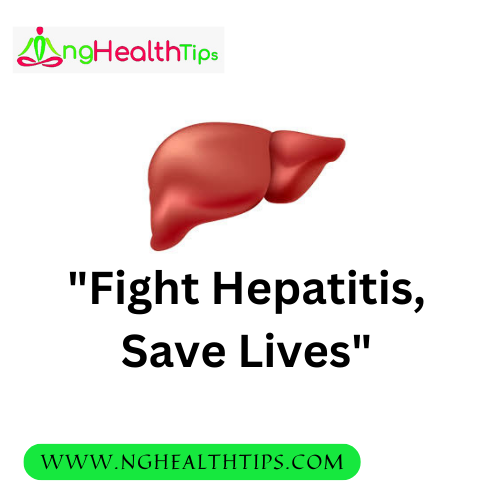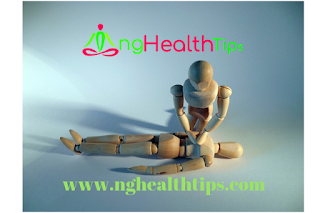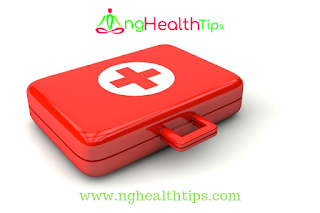First Aid Is What Everyone Should Know How To Administer
First aid which is also known as emergency care is the quick measure or attention given to an injured person to prevent further injury, lessen pain and prevent shock. First aid is what everyone should know how to administer because of its importance and its need in our environment.
However, the concept of first aid is much more evolvedthan just rendering assistance at the time of accident or illness. The basic principle of first aid is the prevention of accident and its complications.
The clear difference between what first aid is and what it is not
It is imperative to take note of the term first aid and not miss it up with other terms in that line. For example, proper care must be taken not to confuse safety education which is another concept entirely with first aid.
While safety education is concerned with the prevention of accident, first aid is temporary care given or administered in cases of accidents and sudden illness before medical assistance is available or accessible.
Objectives of first aid
First aid as a concept aims to achieve the following goals:
To sustain and also save life at the time of the accident or sudden illness: one of the objectivesof first aid is to sustain the lives of those involved in an accident or sudden illness.
This is done by administering first aid on them to reduce the amount of bodily fluid such as blood; that might be lost in accident situations.
Relieving pains and suffering from the victims: Another cogent objective that first aid seeks to achieve is to relieve the pain that is inflictedon the victims of accident or sudden illness.
Doing this will reduce the suffering meted out on the victims of accident or sudden illness compared to when they have to wait untilmedical personnel arrives the scene of the accident.
Prevent Shock: Due to the suddenness of the incident, most victims if not attended to on time, might suffer from shock thereby resulting in other terrible and life-threatening situations.
When first aid is administered on a casualty, it reduces the tendencies of the victim of suffering from shock.
Promoting Quick Recovery: One major thing that first aid does is to speed up or prop up the recovery process for the victims or casualty.
Take for example, if there is an accident scene and the victims are left unattended to, the injured party will become weakened, andthis may result in further deterioration of the victim’s health.
Administering first aid on the casualty will reduce the impact of the accident and thus, promote quick recovery.
Transportation of accident victims or ill person and obtaining medical aids: Transportation of the victims of the accident is one of the objectives of first aid.
First aid is not just the administration of first aid skills alone; it also involves moving the casualty from where the accident occurred to where he or she will receive proper treatment.
That is, transporting the casualty from the place of injury or accident site, of which first aid treatment had been applied to a comfortable shelter, his or her home or hospital.
Some Golden Rules That Guide First Aid
The knowledge of first aid is fundamental to all human endeavours. It is necessary at every home, school, and at workplace stations.
Because of its essentiality, everyone should have a bit of first aid knowledge, and in administering it, specific rules must be followed. They are stated below:
1. It is important always to do the first thing first, and this includes assessing the situation for any immediate hazard, quickly and methodically without panicking, giving priority to the most urgent situationor condition.
2. Efforts must also be made to remove the casualty from the cause of injury or the cause of injuryfrom the victim.
3. One of the golden rules is to restore confidence in the casualty and also get help as soon as possible.
4. Improvise all necessary materials.
5. Do not allow crowd around casualty and also do not move victim unnecessarily.
6. Slacken off all tightening materials around the victim’s neck, wrist, waist, etc.
7. Give the kiss of life to (resuscitate) the casualty, if necessary and carry out general treatment of unconsciousness.
8. Arrest bleeding, cover all wounds, burns or scalds and immobilize all fractures.
9. Guide against or treat for shock.
10. Dispose of or transport the casualty properly.













Beautiful… Thank you for sharing